Chefs on Faroe Islands, between Iceland and Norway come up with tempting recipes using traditional ingredients

Fulmar, skerpikjøt and garnatálg are probably not part of your culinary vocabulary yet, but these dishes are creating a buzz in the world of gastronomy, and it all started in a lush green archipelago thousands of kilometres away.
Viewed from above, the Faroe Islands look like a cluster of massive, uncut emeralds, set in lapis and wrapped in cotton gauze. On capriciously stormy days in late summer, the murky sky suddenly erupts into colour, aglow with shimmering rainbows that surround the archipelago. The drive from the airport to the capital city of Tórshavn is a cinematic reel of windswept cliffs and verdant slopes veined with streams and waterfalls. In this remote corner of the globe, the landscape is so stunning and surreal that it's hard to believe that you haven't just landed in Middle Earth.
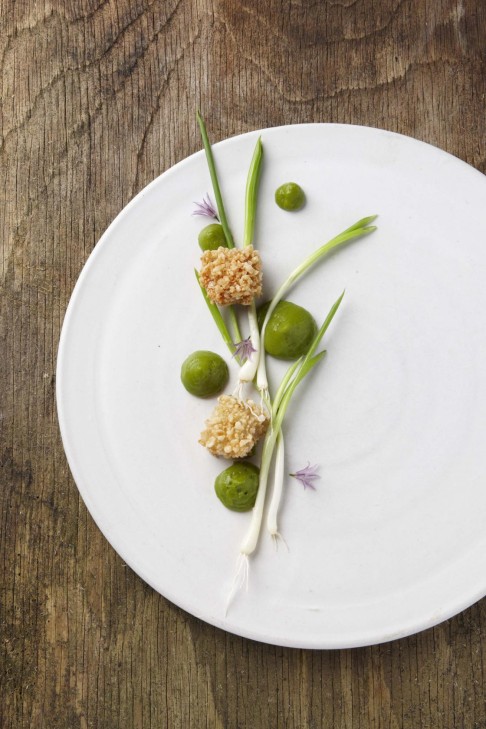
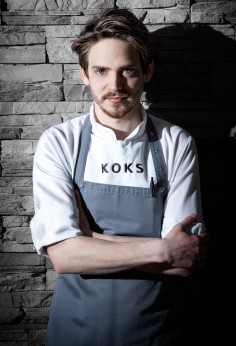
Situated midway between Norway and Iceland, the Faroe Islands are home to an ancient civilisation that dates back to at least 400 AD. The region's isolated location - coupled with its harsh and fickle climate - has served as a buffer from the rest of the world and to an extent time itself, allowing the Faroe Islands to preserve many of their cultural traditions.
The population is tiny - with the 50,000 human inhabitants outnumbered by the 70,000 sheep that roam and graze freely. The largest city, Tórshavn, is so small that McDonald's hasn't even set up shop there, although there is a Burger King in the town's only mall. These days, however, the Faroes are emerging as a destination for adventurous gourmets seeking new and unusual flavours - as well as some of the most amazing seafood on the planet. The recent interest in Faroese food has been sparked by the popularity of "New Nordic" cuisine, one of the biggest culinary trends to come out of the past decade. Spearheaded by Danish chef René Redzepi and the restaurant Noma, the New Nordic movement has encouraged chefs to look inward and develop a hyper-locavore style of cooking that celebrates the uniqueness of the Nordic kitchen and the raw ingredients that flourish in the frigid, northern terrain. Thanks to Redzepi, the world has gained an appreciation for things such as pickled rose petals, fermented potatoes and wild sorrel. On the Faroe Islands, local chefs are incorporating their own products and traditional techniques into a refined cuisine with a distinctive twist.
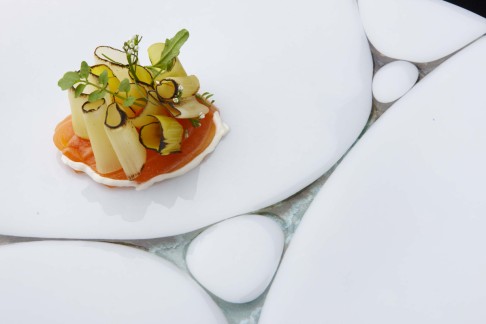
In the vanguard is Leif Sørensen, who had worked at Michelin-starred restaurants in Copenhagen before returning to his homeland to invigorate the food scene and "train the new generation" of restaurant industry professionals. In 2011, Sørensen helped launch the fine-dining restaurant Koks at the Hotel Føroyar, which, along with Noma, was a finalist for the Restaurant of the Year in 2013.
At Koks, Sørensen introduced exotic ingredients such as fulmar, a native sea bird that nests high in the rocky cliffs; sea thong seaweed, fermented and served in thin strands like pasta; and skerpikjøt, intensely flavoured lamb that has been semi-dried and fermented in the salty sea air and made the same way for centuries.
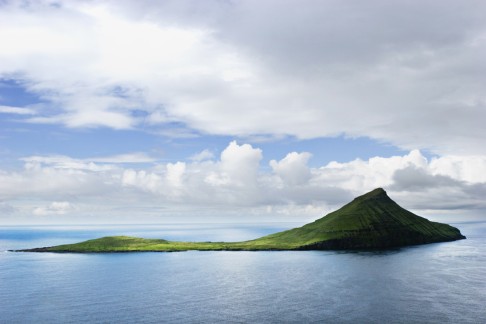
"I wanted to tell the story of Faroese food in a contemporary, international way," he says.
Sørensen left Koks early this year to purse other culinary projects, such as an experiment to create a line of bitters using Faroese plants and varieties of seaweed at the iNova food lab in Tórshavn, a research facility that opened last April. One of his most intriguing distillations is infused with sea tangle - a frilly seaweed that, when dried, releases an aroma reminiscent of truffle.
Poul Andrias Ziska, Sørensen's successor, is continuing to build the restaurant's reputation. Ziska's 10-course tasting menu at Koks showcases Faroese seafood: horse mussels with the consistency of cream, exquisite sea urchins, and langoustines that arrive at the restaurant still kicking.
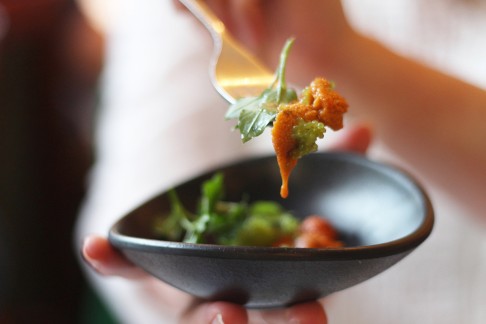
Crispy fish chips come topped with fresh cod and parsley purée, presented on a bed of giant cod vertebrae, while the langoustine is first served raw and then lightly smoked, seared on a hot stone. Strongly flavoured traditional ingredients are used as umami-rich accents. Garnatálg, a rolled sausage made from sheep's innards, adds depth to a dish of baby potatoes covered in cheese sauce, and the richness of skerpikjøt is rendered into translucent crisps that melt over the palate.
Ziska says that the restaurant will "dare" to be bolder going forward. The worldwide fascination with fermentation and preservation will likely attract more attention to the area and its cuisine. "That's why people are opening their eyes to the Faroe Islands," he explains. "Fermentation is a new trend, but we've been doing it for a thousand years."
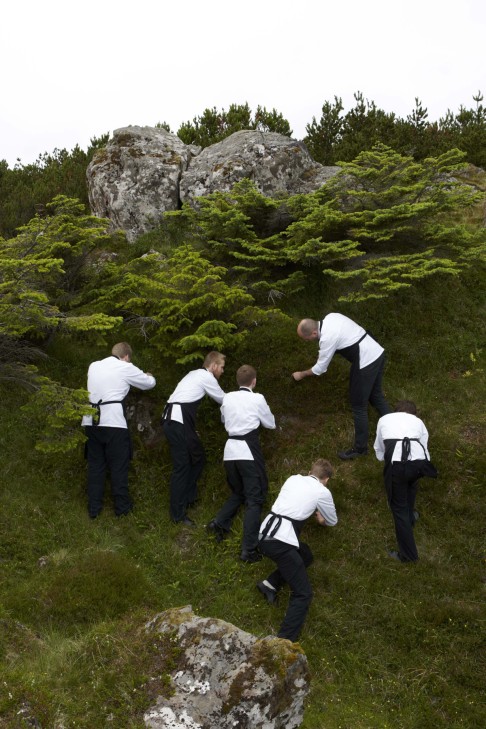
Ziska and other chefs, such as Ruben Busk of Restaurant Hafnia, are also spreading the word about Faroese food culture by taking it on the road. The Koks team has been travelling around Europe, doing special dinners at places such as Michelin-starred restaurant Pont de Ferr in Milan.
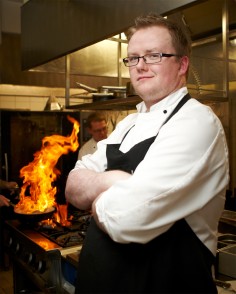
Last year, Busk wowed audiences in London with his modern cuisine, which presents traditional Faroese flavours with international flair, and has been bringing chefs from abroad to the Faroe Islands to work with the products.
Busk is part of the avant-garde Scandinavian chefs' collective NaCl, which hosts travelling cooking events that showcase local ingredients. The group has already held four events on the Faroes and plans to return in March.
Like Noma, many New Nordic restaurants outside of the region are already using Faroese shellfish and other ingredients.
But chef Sørensen maintains that the best place to experience Faroese cuisine is still the Faroe Islands: "You come and see all these fantastic things, with the nature and the food. It's a feast."
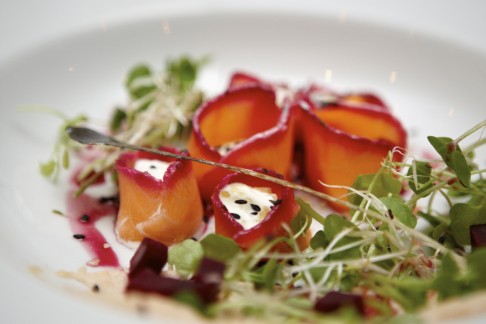
WHAT’S COOKING?
Throughout history, haute cuisine has been associated with decadent ingredients such as foie gras and caviar, considered de rigueur at fine-dining restaurants worldwide. But those days are ending, says Noma’s René Redzepi.
Speaking at the fourth edition of Mad Food Camp, the two-day symposium he organises every summer in Copenhagen, Redzepi explained that the food world is turning away from conspicuous consumption and towards “a new kind of luxury”, where vegetables such as “carrots are valued as much as steak”.
The paradigm shift in gastronomy and its focus on sustainability and social justice was one of the main topics discussed at the event. Co-hosted this year by Brazilian chef Alex Atala of D.O.M., Mad 4 brought together an international panel of speakers from various backgrounds – chefs, food activists and academics – to contemplate the question “What Is Cooking?”.
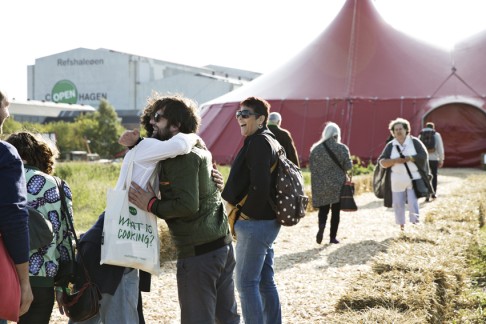

Faroe Islands are emerging as a destination for gourmands seeking new and exotic flavours